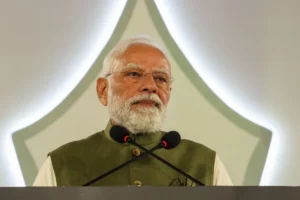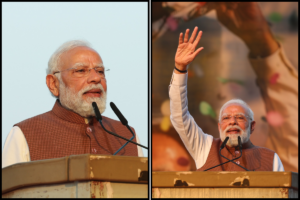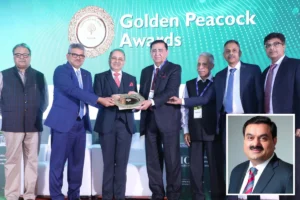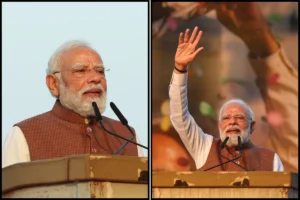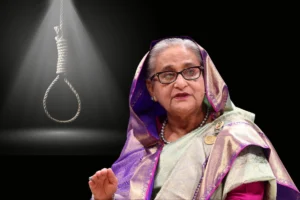
The Union Ministry of Health has released the National Health Account (NHA) estimates for India for the fiscal years 2020-21 and 2021-22. These reports, the 8th and 9th editions in an annual series, reflect significant improvements in government health expenditure and a sharp decline in out-of-pocket costs for healthcare.
Dr. V.K. Paul, Member (Health) of NITI Aayog, stated that out-of-pocket expenditure (OOPE) as a share of total health spending had dropped from 64.2% in 2013-14 to 39.4% in 2021-22. He emphasized that the methodology used in these NHA estimates has improved over the last nine years, providing a more accurate view of the country’s health expenditures.
Savings from Ayushman Bharat
Dr. Paul highlighted the savings of over ₹1 lakh crore from the Ayushman Bharat Pradhan Mantri Jan Arogya Yojana (PMJAY). He also mentioned the free dialysis program launched in 2015-16, which has benefited around 2.5 million patients. Union Health Secretary Apoorva Chandra also praised the increase in government health expenditure and the reduction in out-of-pocket costs, stating, “This is a good sign for the country’s healthcare system.” He further noted the rise in total health expenditure as a reflection of the government’s growing focus on healthcare.
Growth in Public Health Spending
The NHA estimates follow the globally accepted System of Health Accounts (SHA) 2011 framework, which allows for cross-country comparisons. The 2021-22 estimates show consistent growth in public health spending, reinforcing the government’s commitment to improving healthcare access and affordability for all citizens.
Per capita government health expenditure (GHE) has tripled, rising from ₹1,108 in 2014-15 to ₹3,169 in 2021-22. Government health spending increased by 16.6% between 2019-20 and 2020-21, followed by an unprecedented 37% growth between 2020-21 and 2021-22, driven by the need to combat the COVID-19 pandemic.
This increase in government spending is crucial for reducing the financial burden on households. The share of government health expenditure in total health spending grew from 29% in 2014-15 to 48% in 2021-22, while the share of OOPE dropped from 62.6% to 39.4% during the same period.
Universal Health Coverage on the Rise
The consistent decline in OOPE reflects the government’s ongoing efforts to provide financial protection and advance universal health coverage (UHC). The share of government health expenditure in the country’s GDP grew from 1.13% in 2014-15 to 1.84% in 2021-22, and its share of general government expenditure (GGE) rose from 3.94% to 6.12%.
Another encouraging trend is the rise in social security expenditure (SSE) on healthcare, which directly contributes to reducing out-of-pocket payments. The share of social security spending on health, including government-funded health insurance and social health programs, increased from 5.7% in 2014-15 to 8.7% in 2021-22, further strengthening India’s healthcare financing system.
Also Read: World Lung Day: Why Non-Smokers Equally At Risk For Respiratory Diseases
To read more such news, download Bharat Express news apps







